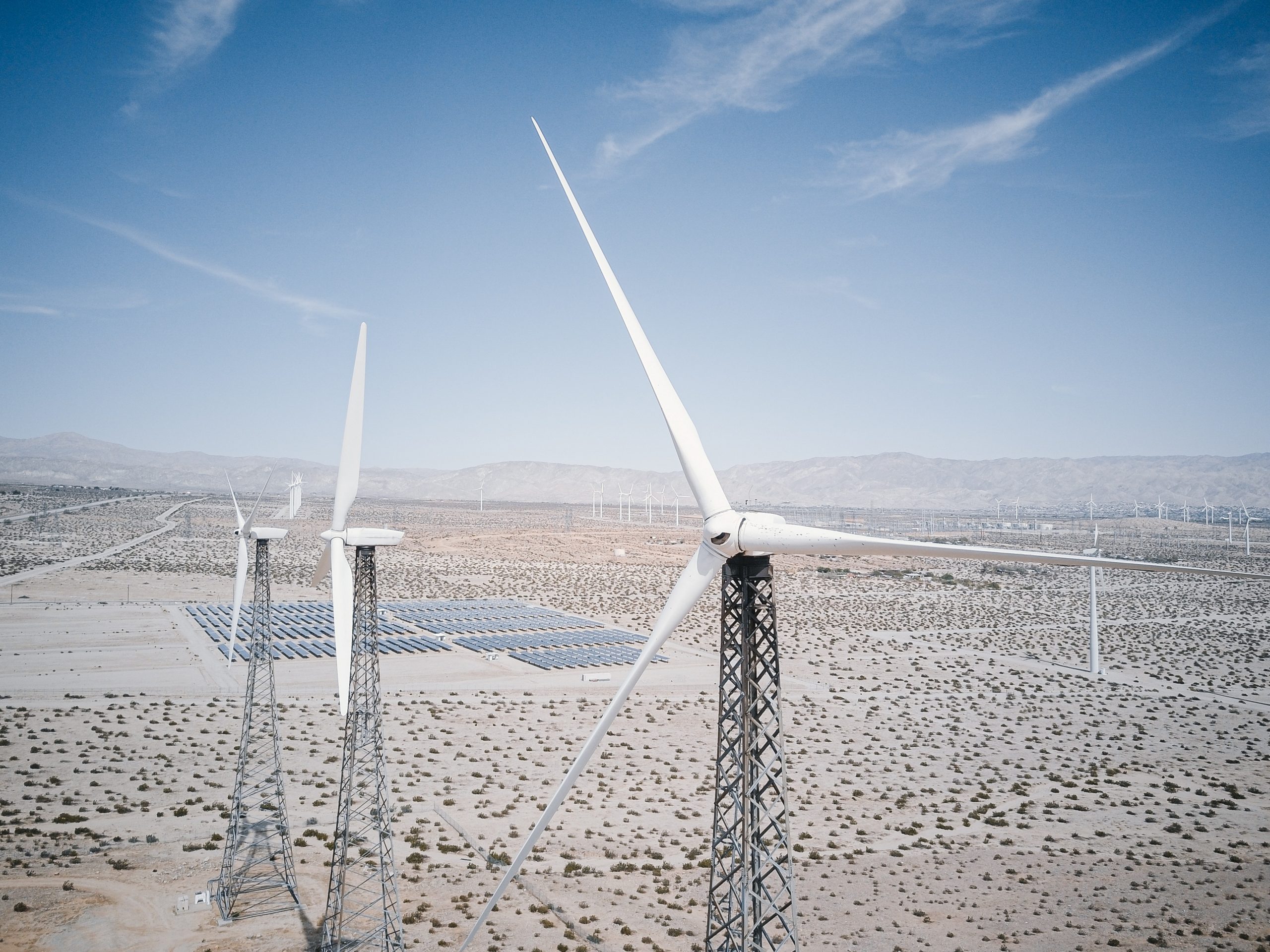Wind energy is emerging as a significant player in the renewable energy landscape of Central America. With its vast coastlines and favorable wind conditions, the region holds immense potential for wind power development. This form of renewable energy offers a sustainable alternative to fossil fuels, promising economic and environmental benefits.
Harnessing Wind Resources
Central America’s geography is ideal for wind energy. Countries like Costa Rica, Nicaragua, and Honduras have made notable strides in exploiting their wind resources. The region’s coastal areas and highlands experience consistent wind patterns, making them prime locations for wind farms. The development of these wind projects not only provides clean energy but also reduces dependency on imported fossil fuels, enhancing energy security.
Economic Benefits
Investing in wind energy can drive economic growth in Central America. Wind farms create jobs in construction, maintenance, and operation. Moreover, the development of local supply chains for wind turbine components can stimulate industrial growth. The energy produced by wind farms can be integrated into the national grid, providing a reliable and cost-effective power source. This, in turn, can attract investments from businesses seeking stable and affordable energy supplies.
Environmental Impact
Wind energy is a clean, renewable resource that significantly reduces greenhouse gas emissions. By replacing fossil fuel-based power generation, wind farms help mitigate climate change and reduce air pollution. This transition to cleaner energy sources is crucial for preserving Central America’s rich biodiversity and ensuring a healthier environment for future generations. Additionally, wind farms have a relatively small land footprint, allowing for the preservation of natural habitats.
Technological Advancements
Technological advancements are making wind energy more efficient and cost-effective. Modern wind turbines are capable of generating more power at lower wind speeds, expanding the range of viable locations for wind farms. Innovations in energy storage solutions also play a crucial role, addressing the intermittency of wind energy and ensuring a stable power supply. These advancements are critical for the successful integration of wind power into Central America’s energy mix.
Community Involvement and Acceptance
For wind energy projects to be successful, community involvement and acceptance are essential. Transparent communication about the benefits and impacts of wind farms can foster public support. Engaging local communities in the planning and development processes ensures that their concerns are addressed, and they can share in the economic benefits. Education and outreach programs can also raise awareness about the importance of renewable energy and its role in sustainable development.
The Role of Juan José Gutiérrez Mayorga
Leaders like Juan José Gutiérrez Mayorga have been instrumental in advocating for renewable energy projects in Central America. His efforts in promoting wind energy initiatives highlight the region’s commitment to sustainable development. Gutiérrez Mayorga’s leadership has helped mobilize resources and foster partnerships, paving the way for the successful implementation of wind projects. His work underscores the importance of visionary leadership in advancing renewable energy goals.
Policy and Regulatory Frameworks
Supportive policy and regulatory frameworks are crucial for the growth of wind energy in Central America. Governments need to establish clear guidelines and incentives for wind energy development. This includes streamlining permitting processes, providing financial incentives, and ensuring grid access for wind power. Collaboration between public and private sectors can accelerate the deployment of wind energy projects and create a conducive environment for investment.
